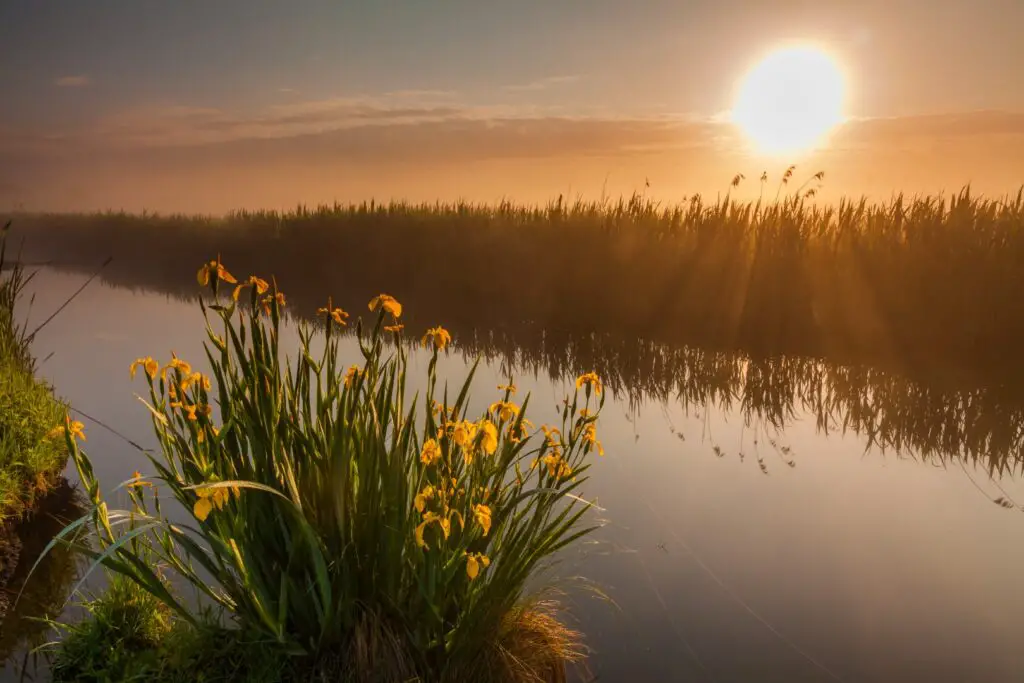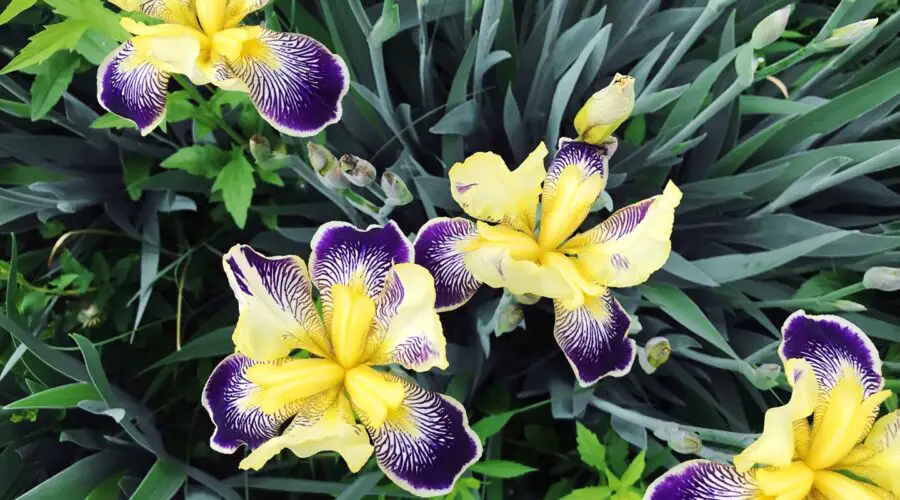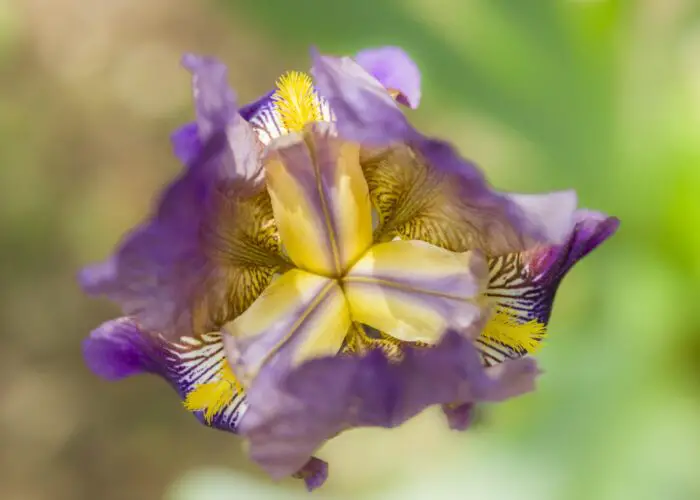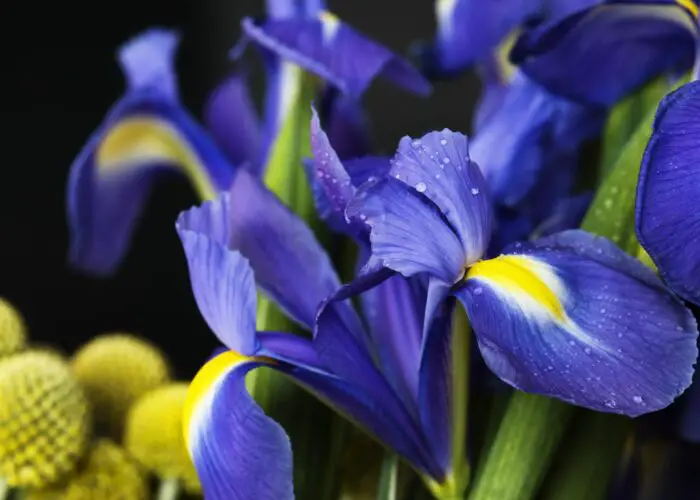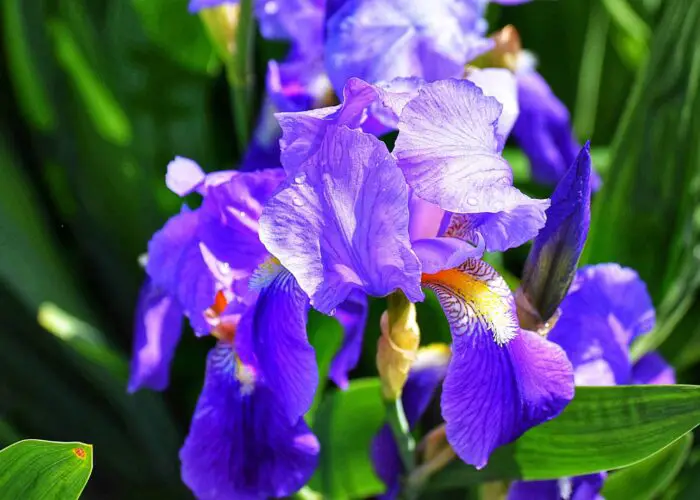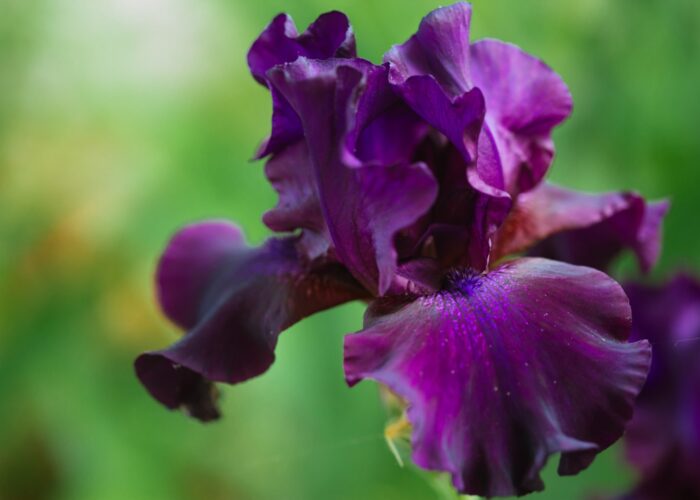The Meaning and Symbolism of Iris
Irises are one of the most spectacular flowers in gardens throughout the world. Their beauty is elevated even more by the meanings people have attached to these beautiful blooms. The symbolism of Irises is different in different cultures, which makes them especially interesting and appealing. Although they are not often the focus of a flower arrangement, they hold a great and complex meaning.
What Does Iris Mean?
Botanically, Iris is a genus of about 300 species in the family of Iridaceae, native to the Northern Hemisphere.
Irises are well-known flowers and one of the most rewarding and easy-to-grow plants. They are popular because of their beautifully shaped and multi-colored blooms. They come in different shapes, colors and sizes, and can be found in a variety of temperate zones around the world, growing both naturally and in personal gardens.
Different Types of Irises
Irises can be divided into three main types due to their flower shape:

Bearded Irises
Bearded Irises have “beard” of fine hairs along the centre of the falls, a specialised part of the flower that serves as a landing place for pollinating insects. Home gardeners value them because they are easy to grow, and there is an abundance of varieties that fall into this group.

Beardless Irises
In contrast to bearded Irises, beardless Irises are much more variable and have smooth, hairless falls and narrower petals.

Crested Irises
Crested Irises have a small raised area called a crest instead of beards. They tolerate shade and provide interesting foliage and beautiful flowers.
Interesting History and Symbolism Behind the Iris Flower
Iris flower meaning reveals a lot about this beautiful plant. This flower is of great symbolism and importance in many cultures and traditions, and has a long history that dates back to Ancient Greek and Egyptian times.
Iris in Greek Mythology
Its history is rich, dating back to Ancient Greek times when the Greek Goddess Iris, who personified the rainbow, acted as the messenger between the gods and the earth. She delivered news to the mortals from the gods using the rainbow as her stairway. The Iris flower was named after her because of its beauty and different colors and shades.
Since the role of the Goddess Iris extended to heaven and she was also a communicator, there was a tradition in Greece that purple Irises were planted on women’s graves, so that she could lead them to the heaven.
The Power of Irises in Ancient Egypt
The Egyptians, influenced by Greek mythology, used these flowers to enhance their connection to heaven. Irises were used decoratively in Egyptian palaces and temples to please deities and bond with their divine power.
For the Egyptians, the Iris flower was primarily a symbol of rebirth, the renewal of life and the promise of everlasting life.
What is the Symbolism Behind the National Flower of France?
During the middle ages, France began to use Iris flower to symbolize royalty and power. The most famous royal use was that of the Bourbon Kings of France, who adapted the Iris bloom on royal banners as the “fleur-de-lis”.
Today, the Iris is the national flower of France and represents freedom, pureness, brightness and solemnity.
The History of Irises in North America
The history of Irises in North America is thought to begin with early European settlers, who brought Irises to Virginia as early as the 1600s.
The most popular variety of Iris in the United States is the German Bearded Iris (Iris germanica).
The Essex County Presby Memorial Iris Gardens is the largest public Iris garden in the United States, with more than 10.000 Irises of around 3.000 varieties.
Iris: The National Flower of Croatia
Apart from France, Iris is also the national flower of Croatia.
Its Croatian name, “perunika”, was inspired by Slavic mythology and the mystique of the Balkan region. It was believed that the Slavic God Perun, the god of thunder and lightning, and the most powerful god in Slavic pantheon, protected and shielded these flowers. People believed that Irises would sprout wherever a lighting struck the ground.
Van Gogh’s Irises
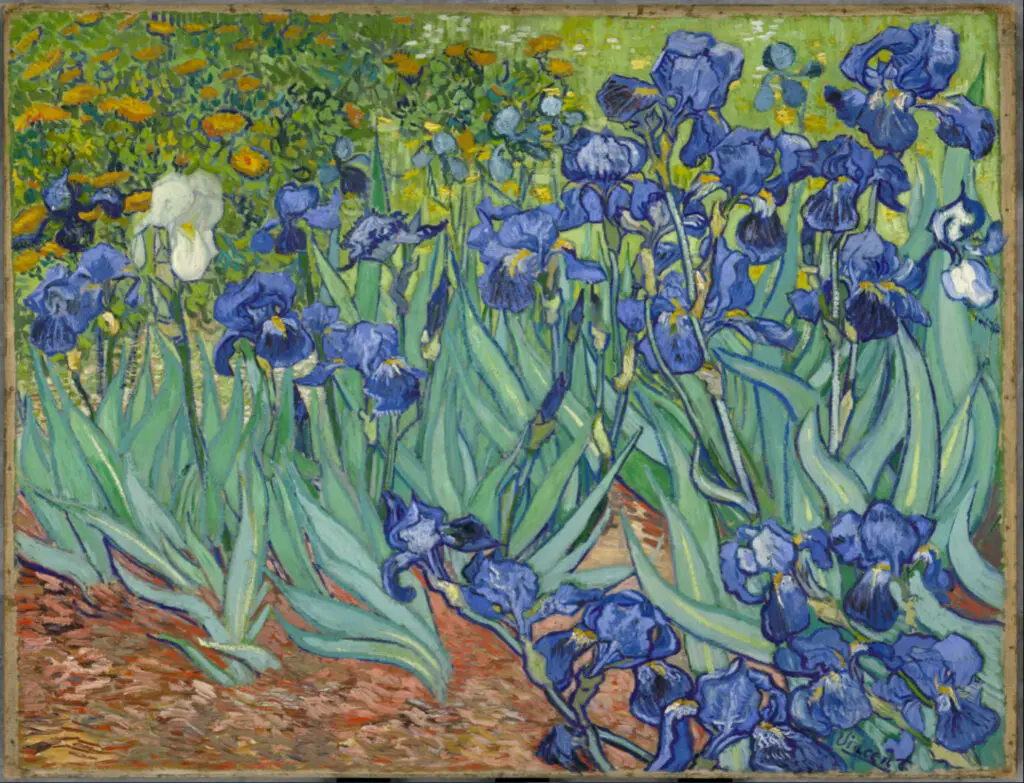
Flowers have inspired many artists, such as Leonardo da Vinci, Renoir, Durer, Cézanne, Gauguin, Claude Monet, van Gogh etc. However, the most popular flower painter, Vincent van Gogh (1853-1890), created one of the most famous paintings of Irises.
Van Gogh loved to paint flowers. He was aware that there is a special art to painting flowers because of their beauty and strong contrasts, and a constant play of light and shade.
Van Gogh’s “Irises”, painted in 1889 while he was at the asylum at Saint Paul-de-Mausole in Saint-Rémy-de-Provence, is surely among the most recognized of his pieces and without doubt one of the most notable works on Irises.
He described the painting once as “the lightning conductor for my illness”, referring to the fact that continuing to paint kept him from going insane.
In 1987, it became the most expensive painting ever sold when it was sold for $53.9 million at auction. This work is currently part of the J. Paul Getty Museum in Los Angeles, which the museum purchased in 1990.
Different Colors of Irises and Their Meaning
Iris is a mystical flower associated with the power of attraction and positive energy. Irises commonly symbolize wisdom, power, passion, faith, hope and purity, but some colors have special meanings.
- Purple Irises are linked to royalty and wisdom.
- Yellow Irises are believed to symbolize passion.
- Blue Irises symbolize faith and hope, but they also symbolize blue blood or noble blood.
- White Irises symbolize purity.
